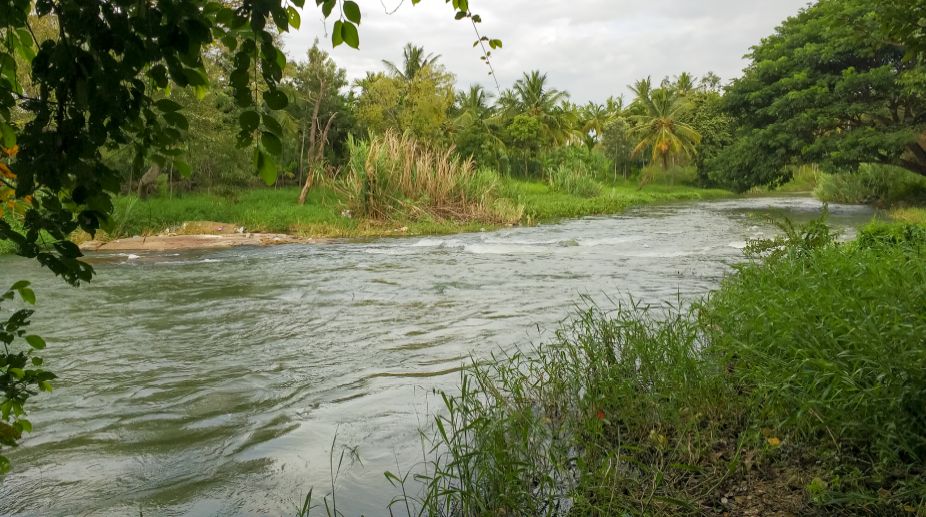2 nabbed for extortion, promise for govt job
Two individuals were arrested on charges of extortion for promising jobs in the state food and supplies department.

Representational image (Photo: Getty Images)
Monday’s tragedy in the Bhairav river of Bengal’s Murshidabad district underscores the tragic irony of the “Safe Drive, Save Life” campaign that has been undertaken by the police. Neither is driving safe nor has life been saved, the reality symbolising the worst of both worlds.
The state bears witness to perhaps the most horrendous road accident in recent memory, and the compensation that has been announced for the next of kin can do but little to lessen the enormity of the bereavement. Distorted are the fundamentals of road safety. The mishap underlines the inherent risk of easy connectivity ~ the bus driver, among the 42 dead, was conversing on his mobile phone with his right hand holding the gadget and the left the steering wheel.
What had seemed to be an almost interminable conversation terminated in the river. With the focus thus deflected, the bus broke through the concrete barrier of a bridge and plunged into the water while trying to avoid a head-on collision with a truck in the dense fog. The circumstances lengthen the loop of similar tragedies; many have perished on the rail tracks in their obsessive addiction to mobile telephony. The latest tragedy reaffirms the dire imperative for the police to crack down on the driver’s telephone conversation when at the steering wheel.
Advertisement
The imperative is no less significant than the emphasis on crash helmets for those on two-wheelers. Both the use of the mobile and the lack of a crash helmet can turn out to be equally mortal. The campaign by the traffic police, both in Kolkata and the districts, must of necessity be riveted to the almost willful violations of the rules of engagement and not just a recital of homilies through the public address system at street intersections. In terms of effectiveness, the campaign has achieved little or nothing.
For all the talk on disaster management, the tragedy was compounded by the delay in initiating the rescue operations despite the logistical advantage ~ the site of the accident is skirted by three police stations, Daulatabad, Murshidabad, and Behrampore, the district headquarters.
Small wonder that the district administration had to grapple with a grave law and order situation in the immediate aftermath of the accident. It is a measure of public fury ~ an almost inevitable consequence of unnatural deaths in Bengal ~ that the tragedy was followed by a police lathi-charge, the use of teargas, and firing in the air. The timeline is intriguing.
The police were informed within five minutes of the bus plunging into the river but took 40 minutes to reach the spot. Confusion was worse confounded as the wires of the crane requisitioned by the rescue team, snapped thrice. The Bhairav river bears witness to both a heartrending tragedy and a farcical response of the administration.
Advertisement